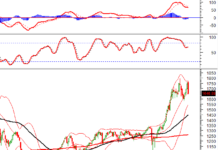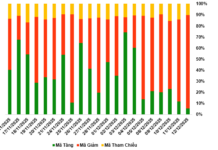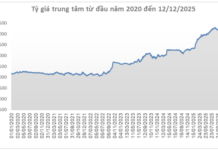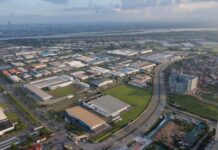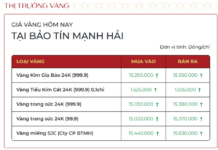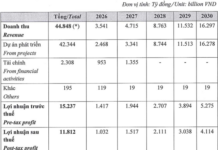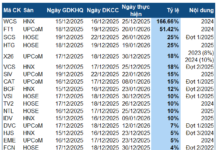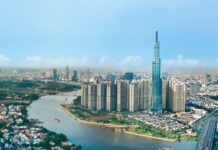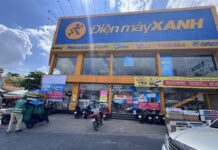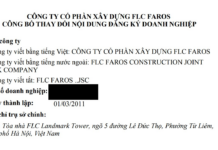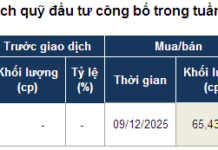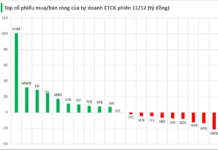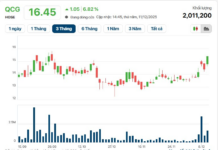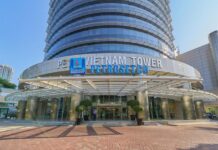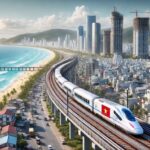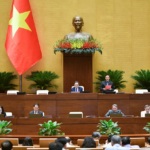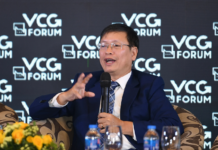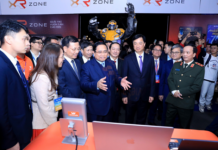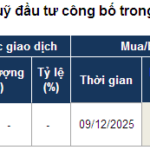High-Speed Rail with Precision Timing
The Ministry of Transport (MoT) has issued Decision 1191 on the plan to mitigate greenhouse gas emissions in the transport sector. In the solutions section, the Ministry emphasizes the goal for the 2024-2030 period is to complete investment preparations and arrange resources to commence construction on new rail routes, prioritizing the North-South high-speed rail line.
According to the plan, from now until 2030, the preparation and construction of priority sections on the Hanoi-Ho Chi Minh City high-speed rail line will be completed. Additionally, policies to encourage transport businesses to shift from road to rail freight transport will be studied and proposed.
Previously, at the seminar “High-Speed Rail: Opportunities and Challenges” organized by the Government Portal, Mr. Hoang Gia Khanh, CEO of Vietnam Railways Corporation, affirmed that rail transport is an important mode of transportation. Compared to other modes, rail has the advantage of large freight capacity and high efficiency, especially in terms of safety and average cost.
According to Mr. Khanh, one of the strengths of traveling by high-speed rail on the North-South route is safety. For example, Japan’s Shinkansen trains, built in 1964, have never had an accident, and this is true for other countries as well.
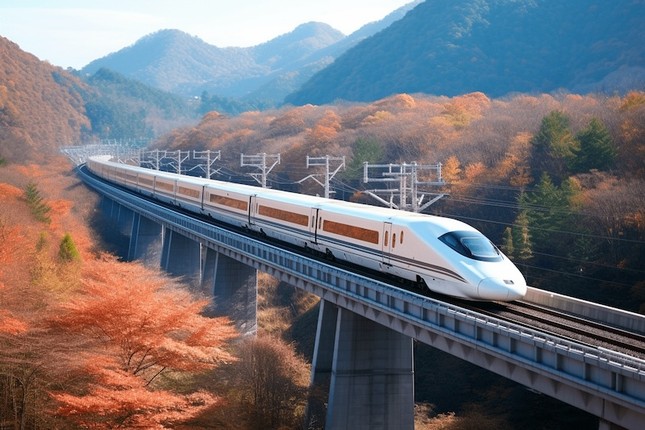
Japan’s Shinkansen trains (pictured) have an impeccable safety record.
Additionally, travel time on high-speed rail is precise to the minute. Passengers on these trains enjoy spacious interiors and easy movement within the carriages. Furthermore, the stations are conveniently located in central and densely populated areas, providing easy access compared to other transport modes. This rail system is also electrified and environmentally friendly, offering environmental benefits.
The CEO of Vietnam Railways Corporation believes that once established, high-speed rail transport will play a crucial role in synchronizing the five main transport modes: road, rail, maritime, aviation, and inland waterways, along the North-South axis. This will not only leverage the strengths of each mode but also optimize the transport system, reduce logistics costs, and enhance the competitiveness of the economy. Flexible and cost-effective freight transport will contribute to the socio-economic development of the country.
Project Requires $5.6 Billion Annually
Regarding the North-South high-speed rail project, Deputy Minister of Transport Nguyen Danh Huy said that the Ministry has developed capital needs and investment plans. The total investment for the entire route is expected to exceed $67 billion, fully funded by public investment capital.
According to Deputy Minister Nguyen Danh Huy, if the project is expected to be substantially completed by 2035, the disbursement period will be about 12 years, averaging $5.6 billion per year for Vietnam. If the project is expected to commence in 2027, the ratio to GDP will be about 1%.
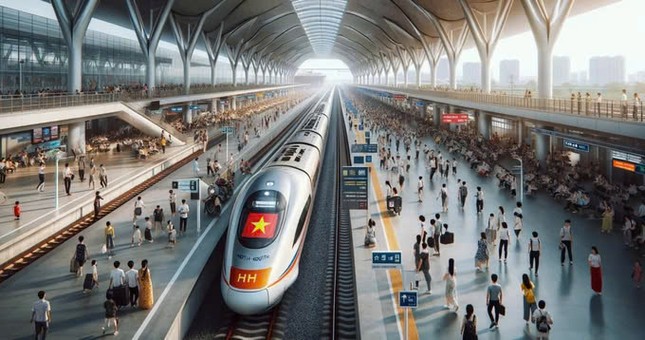
Balancing and mobilizing capital for the North-South high-speed rail project is not a significant challenge at present.
Currently, the Ministry of Transport is coordinating with the Ministry of Finance to evaluate macro-financial indicators based on the scale of Vietnam’s economy and its current public debt. They are also working with the Ministry of Planning and Investment to assess capital balance capabilities and other calculations, indicating that balancing and mobilizing capital is not a significant challenge at this time…
The Pearl of the Middle East and the Dragon Dance: Unbounded Relations
On the morning of October 31, in Doha, Qatar, Prime Minister Pham Minh Chinh met with the Emir of Qatar, Sheikh Tamim Bin Hamad Al Thani.
The High-Speed Rail Network’s Urban Revolution: A City for Every Stop.
“The proposed high-speed North-South railway line is an ambitious and unprecedented infrastructure project in Vietnam’s public investment history, with an estimated total cost of nearly $70 billion. According to Deputy Minister of Planning and Investment, Tran Quoc Phuong, this project is set to be the largest of its kind, and each train station along the route will be accompanied by dedicated urban areas.”
Week 2 Workout: Parliament Scrutinizes Real Estate Market Management and Social Housing Development
Week 2 of the 8th session of the 15th National Assembly, from October 28 to November 1, was a pivotal period as a multitude of significant matters were deliberated upon.



